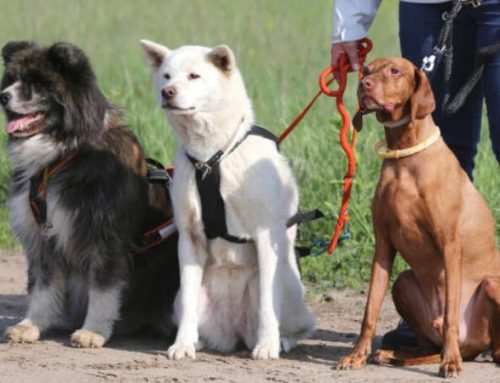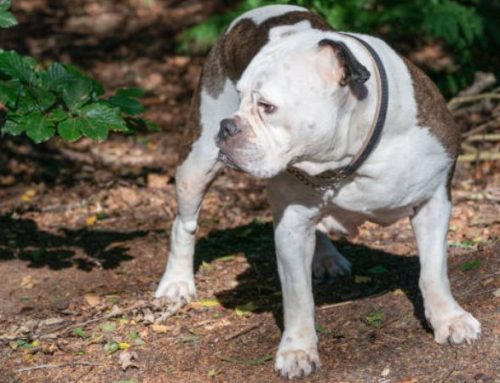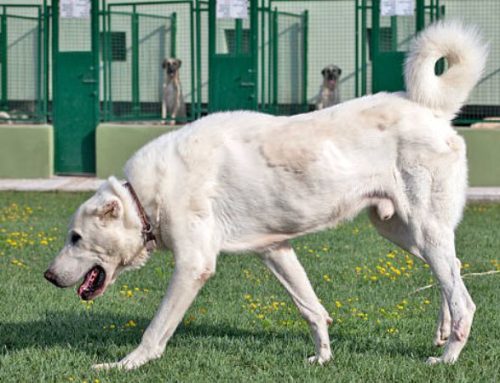Nighttime potty breaks can quickly turn peaceful evenings into a blur of alarms, bleary eyes, and unexpected messes. If your puppy has you getting up multiple times a night, don’t worry—you’re not alone. This is a normal part of their development.
With a consistent routine, practical strategies, and a little patience, you can make nights calmer and accidents far less frequent. In this guide, Nexus-pets will show you how to successfully potty train your puppy at night.
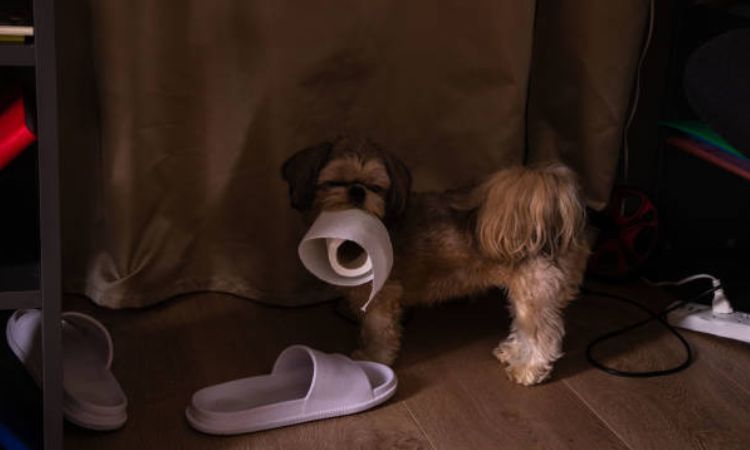
Establishing a Nighttime Routine
Creating a structured nighttime routine is essential for teaching your puppy to hold their bladder and sleep comfortably through the night. Start by setting a consistent bedtime and wake-up time. Puppies thrive on routine, and knowing when to expect quiet time helps them feel secure and reduces nighttime accidents.
Before settling your puppy for the night, always give them a “last call” toilet break. This should be the final opportunity for your puppy to empty their bladder fully before sleeping. Take your puppy to the designated potty spot, allow them plenty of time to relieve themselves without rushing, and offer gentle praise or a small treat once they’re done. Ensuring they finish before bed sets the stage for a longer, uninterrupted sleep for both you and your puppy.
Consistency is key. By maintaining the same bedtime routine each night, your puppy quickly learns when it’s appropriate to sleep and when it’s time to go to the bathroom. This not only accelerates toilet training but also helps your puppy feel more comfortable and confident in their new home. Over time, a reliable nighttime schedule reduces accidents, promotes good habits, and makes both your evenings and mornings much smoother.
- Stick to a fixed bedtime and wake-up schedule every day.
- Provide a “last call” potty break before bedtime, allowing enough time for your puppy to fully empty their bladder.
- Use praise and gentle reinforcement to reward successful nighttime toilet habits.
- Keep the routine consistent to teach your puppy when it’s time to sleep and when it’s time to relieve themselves.
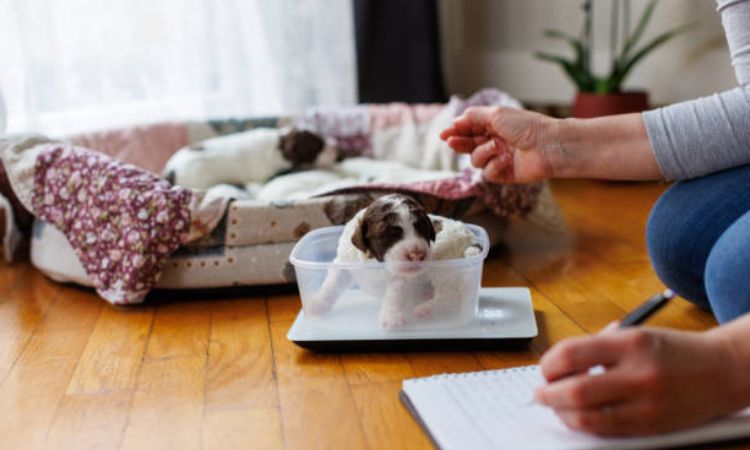
Crate Training for Nighttime Success
Crate training is one of the most effective tools for nighttime potty training. Puppies instinctively avoid soiling their sleeping area, making a properly used crate a natural aid in teaching bladder control. By giving your puppy a designated, cozy space, you can encourage them to hold their bladder overnight while also providing security and structure.
Choosing the Right Size Crate
Selecting the correct crate size is crucial. The crate should be large enough for your puppy to stand, turn around, and lie down comfortably, but not so large that they can relieve themselves in one corner and sleep in another. A properly sized crate encourages good potty habits and ensures that your puppy feels comfortable and secure.
Making the Crate a Positive Space
The crate should always feel welcoming—not like a punishment. Fill it with soft bedding, a favorite toy, or a chew item to make it inviting. Encourage your puppy to spend quiet time inside during the day so that it becomes a positive and relaxing environment. Using treats and praise when your puppy enters the crate willingly reinforces positive associations.
Keeping the Crate Close at Night
For nighttime training, place the crate in your bedroom. Being near you helps your puppy feel safe and reduces anxiety, while also allowing you to monitor them and respond quickly if they need to go out during the early weeks. The proximity makes nighttime trips easier and reassures your puppy that they are not alone.
By combining crate training with a consistent bedtime routine and regular nighttime potty breaks, you can dramatically reduce accidents and help your puppy develop self-control while fostering a sense of security and trust.
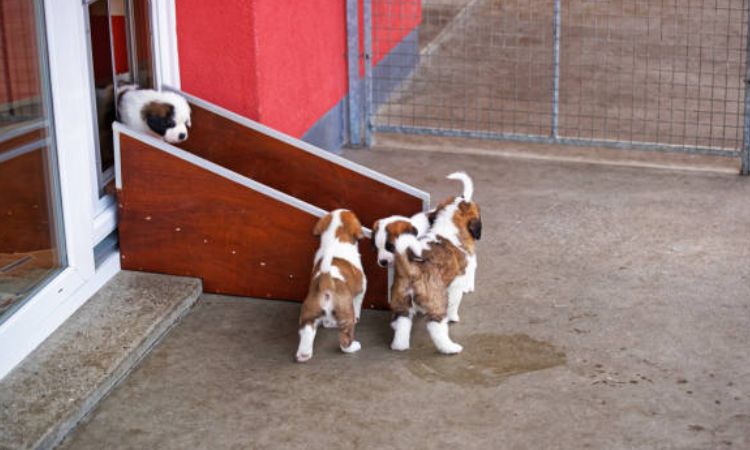
Managing Nighttime Potty Breaks
- Frequency in the early weeks: Take young puppies out every 4–6 hours at night to prevent accidents. Short, calm trips to the potty spot are best.
- Waking vs. waiting: Initially, wake puppies for potty breaks since they may not signal their need. Gradually rely on their cues as they learn.
- Stay calm: Keep nighttime trips quiet and focused. Avoid play, praise, or excitement to help your puppy return to sleep easily.
- Reducing nighttime trips: Around 3–4 months, extend intervals between breaks and eventually phase them out as bladder control improves.
Controlling Diet and Water Intake
- Establish a consistent feeding routine: Feeding your puppy at the same times each day helps regulate their digestion and creates predictable potty habits. When meals are scheduled consistently, you can better anticipate when your puppy will need to go outside, reducing the likelihood of nighttime accidents.
- Avoid late-night meals: Stop giving your puppy food at least 2–3 hours before bedtime. Allowing their food to fully digest before sleep ensures their bladder is less likely to fill during the night, making it easier for them to hold it until morning. This also helps reinforce the connection between feeding times and potty times.
- Manage water intake before bed: Limit water access in the hour or two leading up to bedtime. While puppies still need plenty of hydration throughout the day, controlling their water intake before sleep decreases the chances of overnight accidents and helps them learn to hold their bladder for longer periods.
- Monitor individual needs: Keep in mind that each puppy is different. Smaller breeds may need more frequent access to water, while larger breeds may hold it longer. Observe your puppy’s habits and adjust feeding and drinking schedules gradually to suit their bladder control.
- Combine with potty breaks: Align these dietary adjustments with your last potty break of the night. This creates a natural routine where your puppy empties their bladder before sleep, helping them settle through the night with fewer interruptions.
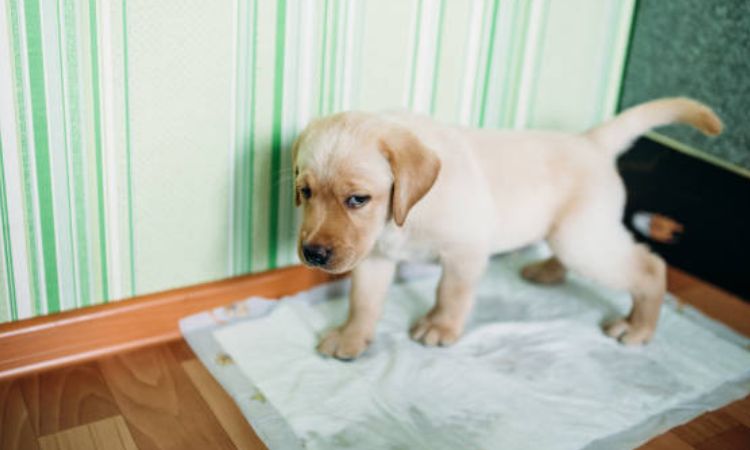
Recognizing Nighttime Potty Signals
Young puppies cannot hold their bladders for extended periods, especially during the first few months. Being able to identify the signs that your puppy needs to go at night is crucial for preventing accidents and maintaining a smooth potty training routine. Common signals include whining or soft whimpering, pacing or restlessness, circling in their crate or near the bedroom door, sniffing the floor intently, or repeatedly moving toward a door they associate with going outside.
It’s important to respond promptly but calmly to these signals. Avoid startling or exciting your puppy during nighttime trips, as overexcitement can make it harder for them to focus on doing their business. Instead, gently pick them up or lead them quietly to their designated potty spot. Praise them softly once they’ve finished to reinforce the behavior, and then return them to their crate or bed to resume sleeping. Consistent, calm responses teach your puppy that nighttime potty breaks are a normal, low-stress part of the routine, which helps reduce anxiety and accidents over time.
You may be interested in:
- How to teach puppy to go toilet outside
- How to toilet train a puppy in 7 days
- How to potty train a dog in 3 days
Nighttime potty training requires dedication and consistency. By following a strict routine, limiting water before bed, and using a crate effectively, you can set your puppy up for success. Remember, accidents will happen, so stay patient and positive. With time and effort, your puppy will learn to sleep through the night without any messes, making for a much happier household.


